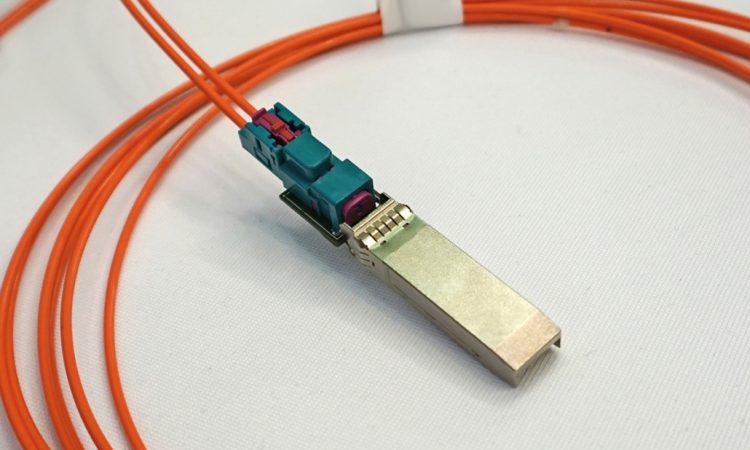In the realm of modern networking, the Small Form-Factor Pluggable (SFP) port stands out as a pivotal element that has transformed the way data is transmitted over networks. In this comprehensive guide, we’ll delve into the intricacies of sfp port, exploring their functionalities, applications, and the pivotal role they play in shaping the landscape of high-speed data connectivity.
Understanding SFP Ports
What is an SFP Port?
An SFP port, or Small Form-Factor Pluggable port, is a hot-swappable input/output device that allows the connection of fiber optic or copper cables to network equipment. These ports are widely used in networking devices such as switches, routers, and media converters.
Hot-Swappability: One of the defining features of SFP ports is their hot-swappable nature. This means that SFP transceivers can be inserted or removed from a networking device without the need to power it down. This feature significantly enhances flexibility and ease of maintenance in network management.
Types of SFP Ports: SFP ports support various types of SFP transceivers, including optical transceivers for fiber optic connections and copper transceivers for Ethernet connections over copper cables. Different types of SFPs cater to different networking needs, providing versatility in connectivity options.
How SFP Ports Work
Fiber Optic Connectivity: In the case of fiber optic connections, the SFP transceiver in the port converts electrical signals from the networking equipment into optical signals for transmission over fiber optic cables. It also performs the reverse operation, converting incoming optical signals back into electrical signals.
Copper Connectivity: For copper connections, SFP ports support transceivers that facilitate the transmission of electrical signals over copper cables. These transceivers are often referred to as Copper SFPs or RJ45 SFPs.
Data Transmission Speeds: SFP ports support a range of data transmission speeds, with common variations including 1 Gbps (Gigabit per second), 10 Gbps, 25 Gbps, and even higher speeds in advanced devices. This adaptability allows for seamless integration into networks with varying speed requirements.
Applications of SFP Ports
- Data Center Networking: SFP ports play a crucial role in connecting networking equipment within data centers, facilitating high-speed data transmission between servers, switches, and storage devices.
- Telecommunications: In the telecommunications industry, SFP ports are utilized for connecting networking equipment in telecommunications hubs, facilitating the rapid and reliable transmission of voice and data.
- Enterprise Networking: SFP ports are commonly found in enterprise networking environments, connecting devices within office networks and ensuring efficient data flow between various departments.
- Internet Service Providers (ISPs): ISPs leverage SFP ports to establish high-speed connections between their networking equipment, enabling them to deliver fast and reliable internet services to customers.
Advantages of SFP Ports
- Flexibility: SFP ports offer flexibility in choosing the type of transceiver based on the specific networking requirements, whether it’s fiber optic for long-distance connections or copper for shorter distances.
- Scalability: The hot-swappable nature of SFP ports allows for easy scalability. Network administrators can add or upgrade ports without disrupting the entire network.
- Cost Efficiency: SFP ports contribute to cost efficiency by allowing organizations to select the exact type and number of ports needed for their network, preventing unnecessary expenses.
- Interoperability: SFP ports adhere to industry standards, ensuring interoperability between devices from different manufacturers. This promotes a diverse and compatible networking ecosystem.
Considerations for SFP Port Usage
- Transceiver Compatibility: Ensure that the SFP transceivers used in the ports are compatible with the specific networking equipment and meet the desired data transmission requirements.
- Fiber Type and Distance: When using fiber optic SFPs, consider the type of fiber (single-mode or multi-mode) and the distance over which the data needs to be transmitted.
- Environmental Conditions: Consider the environmental conditions in which the SFP ports will operate. Some SFP transceivers are designed for extended temperature ranges or harsh environments.
- Security Considerations: Implement security measures, such as using encrypted SFPs, to safeguard sensitive data transmitted through the network.
